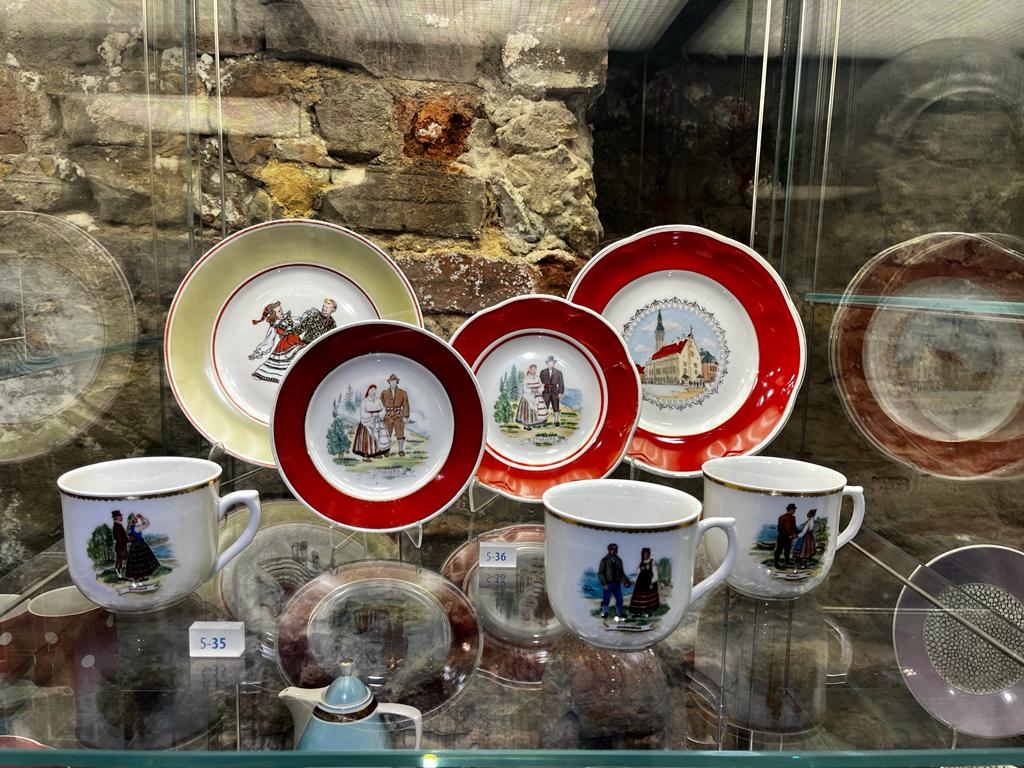Interest in porcelain produced in Riga in the second half of the last century is huge. At the end of the year, the catalog “Dish sets A-Z” came out in 1000 copies and sold like hotcakes. However, there is a very little known page in the history of Rīga porcelain. Iliana Veinberga, director of the museum, said: “Porcelain produced in Riga, white, unpainted dishes were exported to Estonia, painted there, decorated. The exhibition is subtitled “the 60s and 70s,” but this process chronologically included the entire Soviet period from the 40s to the 80s and even the 90s.”
Explaining why the dishes were transported to Estonia, the museum director notes: “The reasons are several, all of which are linked to the fact that during the Soviet occupation, the movement of resources and industry were organized in a certain way.” Rīga had the factory, Estonia had the masters of decoration.
The history of Kuznetsov's porcelain and earthenware factory began in Riga as early as 1841 and in the Tsaric Russian Empire as early as 1812. In Estonia, the production of the Langebraun porcelain Factory, founded in 1928, became popular before World War II. Estonians did not produce porcelain themselves, and their masters had specialized in decorating porcelain imported from Western Europe.
The exhibition will be on display at the Rīga Porcelain Museum until February 11.



























